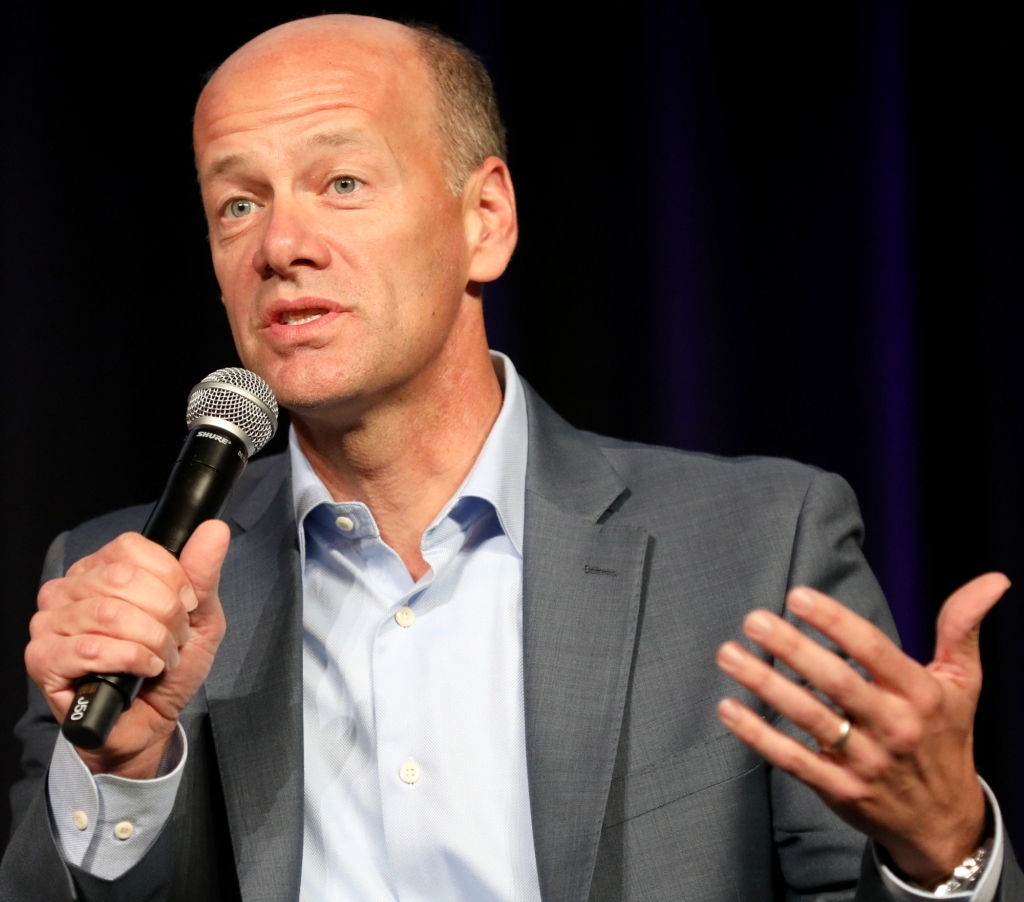By Max Reyes | Bloomberg
The fastest pace of rate hikes by the Federal Reserve in decades combined with negative social media sentiment contributed to the failure of SVB Financial Group’s Silicon Valley Bank, said Greg Becker, former chief executive officer of the company.
“The messaging from the Federal Reserve was that interest rates would remain low and that the inflation that was starting to bubble up would only be ‘transitory,’” Becker said in written testimony prepared for a US Senate Banking Committee hearing Tuesday focused on Silicon Valley Bank and Signature Bank, both of which were seized by regulators in March. “Indeed, between the start of 2020 and the end of 2021, banks collectively purchased nearly $2.3 trillion of investment securities in this low-yield environment created by the Federal Reserve.”
Silicon Valley Bank catered to the technology-startup ecosystem, and its heavy focus on the sector combined with a portfolio of long-dated bonds that lost value as interest rates climbed made it particularly susceptible to the bank run that prompted regulators to seize the lender. Its failure touched off a number of other bank runs, leading to the seizure of Signature Bank days later and the eventual collapse of First Republic Bank as well.
Becker said comparisons by the media between SVB and Silvergate Capital Corp., which announced plans to wind down just days before his bank’s seizure, contributed to SVB’s failure.
“Silvergate’s failure and the link to SVB caused rumors and misconceptions to spread quickly online, leading to the start of what would become an unprecedented bank run,” Becker said in his testimony. “The next day, the bank run picked up steam. By the end of the day on March 9, $42 billion in deposits were withdrawn from SVB in 10 hours, or roughly $1 million every second.”
Becker also acknowledged lapses on the part of SVB raised by auditors and regulators that executives were working to rectify. He…
Read the full article here







